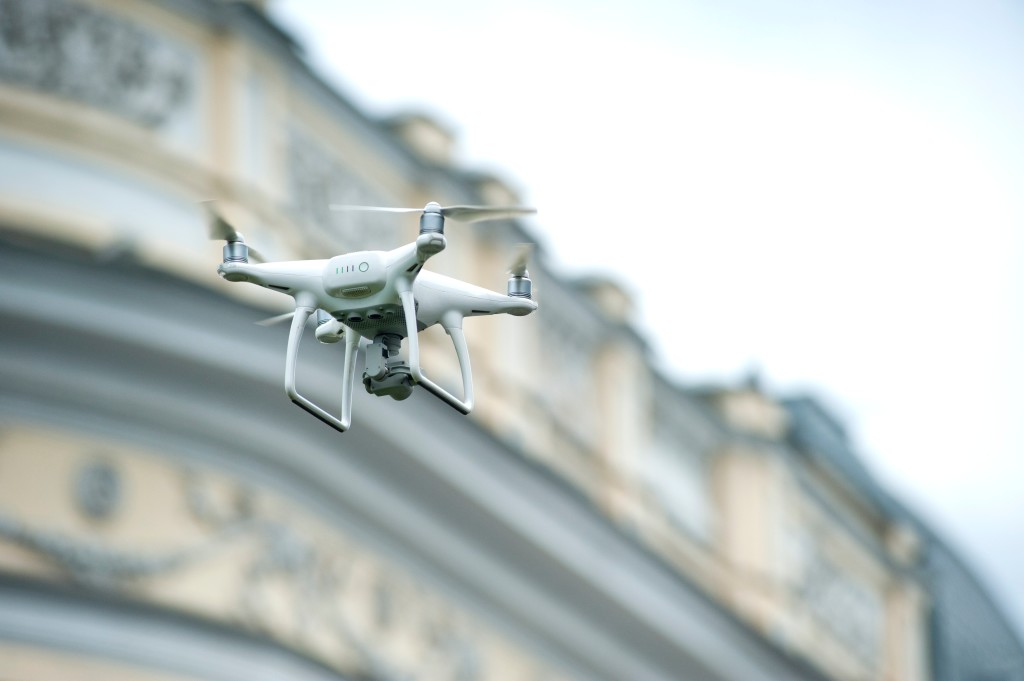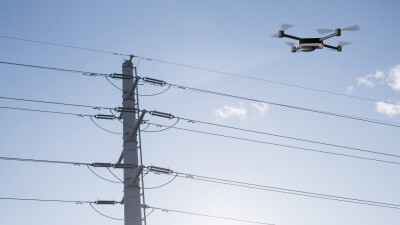The integration of manned and unmanned aircraft in controlled airspace is the next big threshold our industry must cross in order to reach its full potential. This integration, though still a few years away, will eventually allow current commercial UAV enterprises to scale. Longer flights and missions beyond visual line of sight (BVLOS) are the key to increasing revenue while keeping operating costs at bay, but this cannot happen until key security and safety concerns are addressed. Yet, the efforts toward this integration in national airspace (NAS) seem to be moving faster in Europe than it is in the United States.
In an effort to move this initiative along, a number of European and international aviation groups have officially supported the integration of drones in common airspace in a joint paper, which was published earlier in November by the Civil Air Navigation Services Organization (CANSO).
"Airspace is a finite resource with a growing number of actors with manned and unmanned commercial, general aviation and air sports, military and search and rescue operations all wanting to use it," according to the paper. "Creating a mature framework that enables different categories of cooperative users to share the airspace is the best way to ensure fair and equitable access for all. It is also fundamental to unlock the true value of the drone (new entrants) into the services industry. Some of the most beneficial potential applications for drones exist in areas where other aircraft are likely to operate from close to airports to offshore oil rigs where helicopters may operate. Furthermore, there will be occasions when certain actors (e.g. emergency service helicopters) need to enter airspace that might predominantly be used by another type of user."
The paper goes on to advocate for the maximization of "airspace capacity and value through integration, not segregation" of drones.
The organizations behind the paper are members of the We are ALL ONE in the Sky initiative and include the General Aviation Manufacturers Association, the International Air Transport Association, the International Federation of Air Traffic Safety Electronics Associations, Airlines for Europe, among many others. The release of the paper comes at a pivotal time, as the European Union Safety Agency (EASA) and the European Commission are developing a regulatory framework for Unmanned Traffic Management (UTM) to implement the European Commission's U-Space policy initiative.
“This ambitious joint initiative shows that the aviation community in Europe is forward-looking regarding the integration of drones into continental airspace,” stated Tanja Grobotek, CANSO’s Director of Europe Affairs. “Drones promise many benefits, but their growth also presents many challenges to existing aviation infrastructure. On behalf of Europe’s air navigation service providers (ANSPs), CANSO joins the other We are ALL ONE in the Sky members to call for the right regulatory principles to ensure a safe future for this new aviation technology.”
Addressing the issue of flight safety concerns is crucial for the full integration of drones in common airspace. In the United Kingdom, drone sightings near Gatwick Airport runways in December 2018 caused hundreds of flight cancellations, and here in the US, Los Angeles International Airport (LAX) has had more than 200 drone sightings near the airport since April 2016. According to LAX CEO Deborah Flint, a member of the Federal Aviation Administration's Drone Advisory Council (DAC), the airport was only able to identify and contact the operator of the drone in one instance. This is why the DAC and the We are ALL ONE in the Sky initiative believe it is essential to integrate all aircraft into the NAS.
"Drones will revolutionize many aspects of everyday life, from the way people travel, to agriculture, policing, mapping, deliveries, maintenance, asset management and construction," the CANSO paper said. "Information integration is key to integrating drones safely alongside manned aviation. Any regulatory framework must therefore ensure the availability of a consistent flow of information between all actors who may need to use the airspace.”
Although American efforts may seem to be lagging behind European initiatives, there is movement in a similar direction in the US. The FAA is set to publish its notice of proposed rulemaking (NPRM) on remote identification of drones for public comment before the end of the year. However, it will also be important for civil Aviation organizations such as the American Owners and Pilots Association (AOPA) and the National Business Aviation Association (NBAA) to also adopt official positions regarding the full integration of manned and unmanned platforms in the United States NAS.















Comments